Bill's Mother's Wednesday Windfall: 4th June 2025
An occasional midweek extra edition from It's Looking A Bit Black Over Bill's Mother's.
Evening. Our first midweek extra windfall edition is here simply because we’re getting so much we think you might like to read, that we can’t fit it all in on Sunday.
After two years of hard work and over 300 brave and wonderful paying supporters, word is spreading, and we now have several additional contributors helping us, because they like what we do.
Later this week we’ll have our next What’s On Out There guide, with an extended edition for full supporters, and hopefully the first of our archive stories to complement this year’s Peak District Springwatch, just for our full members.
So if you like how we’re trying to keep local journalism alive in these difficult times, please think about upgrading your free trial subscription to the full version for the monthly cost of a Millhouses flat white.
Life After Flytipping
“Bush Vetch,” says city council ecologist Ziggy Senkans. “Meadow Buttercup. Willow Warbler. Small Copper (butterfly). Blackcap. Latticed Heath Moth - but that one looks like it’s had a hard time.”
We’re on the ten year old footpath above the Redcar Brook, built after an ecological report preceding a possible land sale.
I clambered through the same woodland earlier this year: “Bin Liner,” I noted in February. “Metal Drum. Carrier Bag. Coke Bottle. Plywood. Cannabis Residue. Plastic Sheeting.”
This is the first time Ziggy has returned after collating the 2015 report into a small patch of farmland and an obscure steep woodland above the Redcar Brook, as it begins its descent from Houndkirk Moor to Totley.
But he’s seen the terrible pictures from last winter, with 500 metres of upland stream festooned with flytipped rubbish, mostly from the city’s illegal cannabis industry.
A heroic team of volunteers cleaned up the site a month ago, and the council have erected a tall fence to deter future criminals from chucking their rubbish away here.
So I asked Ziggy to check the brook again, as part of his assessment of Local Wildlife Sites. (This section of Redcar Brook is one of almost 300 such sites across the city).
“It’s a really important clough woodland,” he says, meaning a steep sided upland wood of mostly Oak, Rowan and Silver or Downy Birch trees running off the high moors. But that’s only part of the story.
Meadow plants are slowly taking over the degraded farmland (thanks partly to an enlightened new landowner who snapped up the field in 2015, not to make a profit, but to restore native trees and meadows to a small patch of their home city. More on them, hopefully, in a future post).
Bracken and thorns deter access to the clough woodland, but we find a path down into the bright green shade. (The track was actually made by generations of a popular black and white predatory mammal of these parts, that must go nameless because there are still a few local people who enjoy chasing them with dogs).
The dry earth crumbles at each step, and we dodge the tangled tree roots.
“Whoa,” says Ziggy after a faint flutter ahead. “We’d better keep moving. That was a Woodcock, and it’ll want to get back to its nest.”
The shade is full of moss and tangled branches, some alive, some dead, most somewhere in between, interspersed with ferns and Bilberries and Bracken.
There are no ribbons of decaying plastic now, or dams of bursting bin liners, just a rocky stream lapping down into Sheffield. Ziggy spots liverworts and patches of sphagnum moss, and we find a perch point for a bird of prey, with shredded feathers from some luckless moorland bird. Settling among the winter leaves are thousands of fluffy willow seeds like early summer snow.
There are moths and midges, and speckling one of the cleared pools a small flock of Water Crickets, spinning across the surface looking for prey.
Fallen trees and branches make the stream hard to follow, but birds and beasts will find a way. There’ll be mice and voles here, says Ziggy, and nibbled Rowan branches and droppings at the woodland edge show Red Deer are here when humans aren’t.
We find old Rowans with dozens of stems, signs of wear, age or maybe old coppicing, and Bluebells and Wood Sorrel, both indicators of ancient woodland dating back 400 years or more.
Conservationists are busily recreating clough woodlands on former shooting land that was cleared of trees and overrun with heather, in places like Houndkirk, and off the Kinder Plateau.
And those new woodlands will grow into something like this, says Ziggy, casting his gaze around the humming insects and cracking branches above Redcar Book.
The lower part of the brook above Hathersage Road is overrun with Himalayan Balsam, and the native White-clawed Crayfish that would have lived here has been overrun by American Signal Crayfish, both likely escapees from local gardens.
The mounds on the woodland edge were probably dung heaps from the old sheep fields, spilled over under the trees to grow docks and nettles, says Ziggy, and to make the crumbly descent that keeps most people out.
But this is still a very wild place. The moss and age of the trees, and steep valley sides, suggest there’s been a wood here for a long long time.
This little wood has the look and feel of a Temperate Rainforest, a new term for an endangered habitat usually found in damper more western parts of the UK. But places like Wyming Brook and Padley Gorge are so green and wet that they’ve now been accepted into the romantic realms of English rainforests, so why not Redcar Brook?
Ziggy picks out the sound of a young raptor, maybe a Sparrowhawk, scouting for prey above. “This is a proper bit of woodland,” he whispers.
Beginner Birder in the Secret Valley by Meghan Tipping - Nestlings & Fledglings
As a new birder, I’m learning just now about nesting season: where birds nest, how they prepare and how long it takes for their young to leave the nest. Before, I was aware of when the ducklings would appear on the pond near home, but I hadn’t really considered other baby birds, which I now know to be called nestlings or fledglings.
On an early morning bird walk through Shire Brook Valley with Ranger Nell, we saw or heard 27 bird species. These included some new birds for me: Willow Warbler, Whitethroat and Swifts.
I have seen Swifts before, but not flying over Shire Brook Valley. These incredible birds migrate here from mid-Africa each May, and fly up to 14,000 miles a year! As part of the Species Survival Fund project here, we’ve provided the Sheffield Swift Network with a grant to install 50 new Swift bricks around the nearby Woodhouse and Hackenthorpe area.
Ann and Chet from Sheffield Swift Network told me how Swifts make their nest in the roofs and eaves of older houses, and that they return to the exact same nest to breed every year. Unfortunately, these lifelong nests may have gone for one reason or another, and this sadly means that Swifts are now on the Red List of conservation concern. (Swifts have declined by 66% over the last 30 years in the UK).
But there is hope! We can install Swift bricks to help support the Swift colony and the Sheffield Swift Network is a great place to visit to learn more about what you can do to help.
Other wonderful nest sightings have been the Canada Geese who typically nest on the ground, often near water sources like lakes, ponds, or rivers. Eggs were spotted near the pond in Rainbow Meadow, and then the geese were seen on Beighton Marsh pond with five goslings.
The most bizarre nest sighting has been a Great Tit, who has used a sculpture on the visitor centre here to build its nest in! Great Tits are cavity nesters, building their nests in holes within trees or other surfaces, and they will also use nest boxes.
I was walking alongside the visitor centre building when I heard the faint sound of chicks. Then a Great Tit zipped past and into the sculpture. When I stood and watched for a while, I could see that the Great Tit was bringing food back, with a beak stuffed with caterpillars. During our family event last Saturday, photographer Kevin Steel captured the Great Tit on the way in to deliver lunch.
On the same day, I got to see my first Little Egret on Carr Forge Dam. They typically build their nests from sticks, often in trees or shrubs near water. I wonder if we will see any chicks…
Thanks to Kevin Steel for yet more of his brilliant photos.
Free Birding (Postscript)
Pete Brown’s Free Birding post on Sunday detailed his account of walking bussing and tram travelling around the city, attempting to see as many May bird species as possible. He added this postscript reflecting on over 40 years of annual spring bird recording.
My travels this May produced 79 species during 15 miles of walking, with five bus journeys and one tram ride helping me visit a variety of different local habitats.
I’ve done this ‘big day’ in Sheffield on five occasions in recent years. As ever I’ve failed to see some expected species in around twelve hours of exploring. This year, Kestrel, Long-tailed Tit, Sand Martin, Swift and Grasshopper Warbler have eluded me. I had them all last year.
It’s very much a matter of chance, though what is apparent is the decline in the total numbers of birds that I see, as well as the absence of species that 20 years ago I could easily have encountered during my day, such as Yellowhammer, Tree Sparrow, Corn Bunting, Willow Tit and Redshank.
It’s not all gloom, of course. Twenty years ago I couldn't dream of finding Little Egret and Cetti’s Warbler, both now breeding birds in the Sheffield area. Back then, Buzzards were scarce locally, but now they’re probably the most frequently seen raptor in the skies above Sheffield.
My Big Day adventures are about enjoying birds and nature at no cost to my pocket, or indeed the planet, since I figure the buses would still be running without me. (The joys of being a three quarter centurion with a free bus pass, though a day saver bus and tram ticket would make many of the sites accessible to younger people).
Above all, the free birding big day is a celebration of the bird life accessible to us in around Sheffield.
Pete Brown’s The Northumbrian Garden Parrot book is his personal account of world (and local) birding, with all profits going to local organisations we’d all approve of, including the Friends of Millhouses Park and Sheffield Swift Network. For a copy, contact him at: brownpl38@gmail.com
On Sunday we hope to have a feature on how women are built for ultra running, from new contributor Ellen Beardmore. (And lots more.) Do tell your mates.
Readers of our big sister publication, the Sheffield Tribune might have caught my post about Longshaw, which seems to have gone down quite well. The It’s Looking A Bit Black Over Bill’s Mother’s Longshaw & Sheffield Moors archive is here.
It’s Looking A Bit Black Over Bill’s Mother’s runs on a very simple business model: rather than rich shareholders or nefarious billionaires stealing your data souls, we think readers who like us are the only sure way of funding local journalism.
There’s no catch, just sign up to cover our costs for the price of a pint of beer a month.




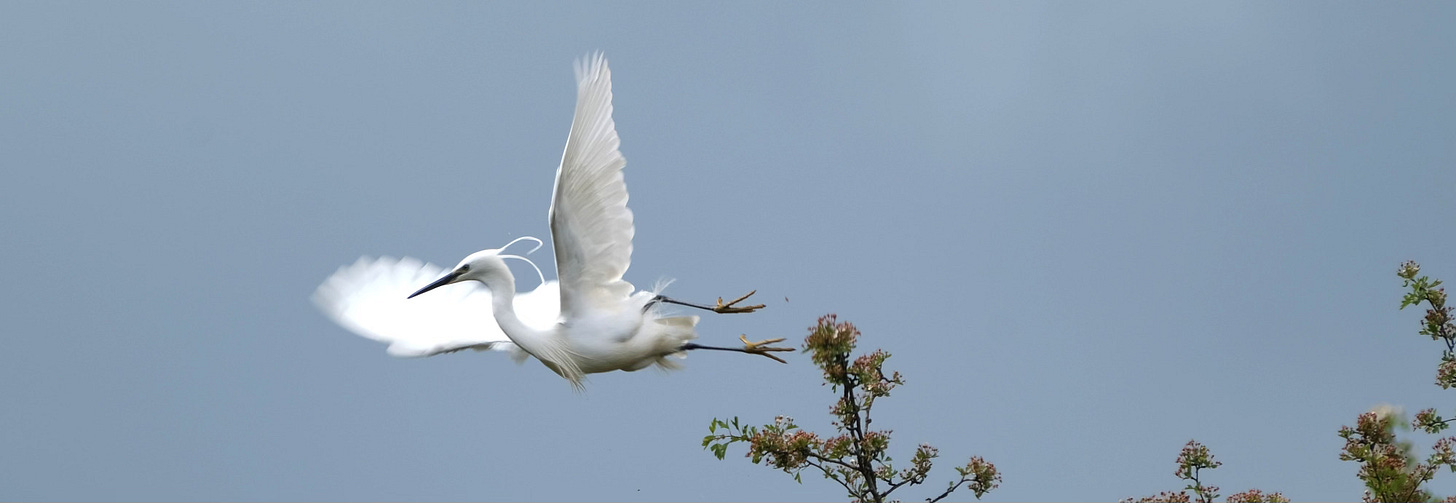

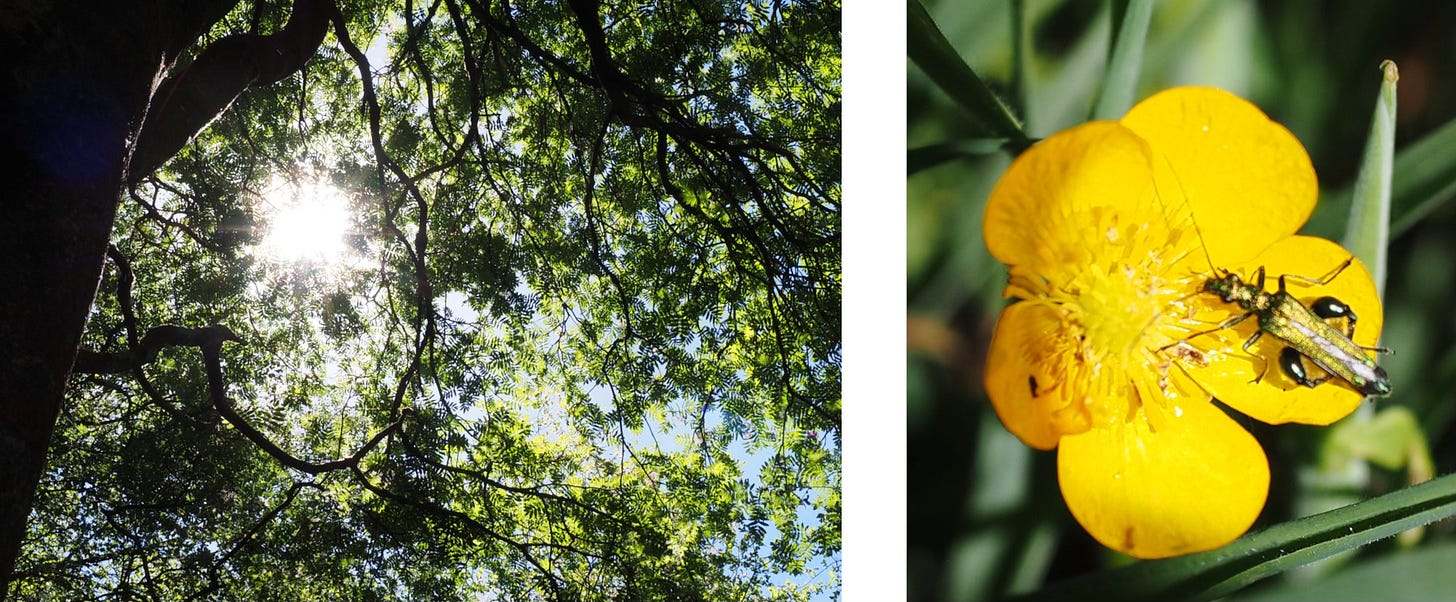
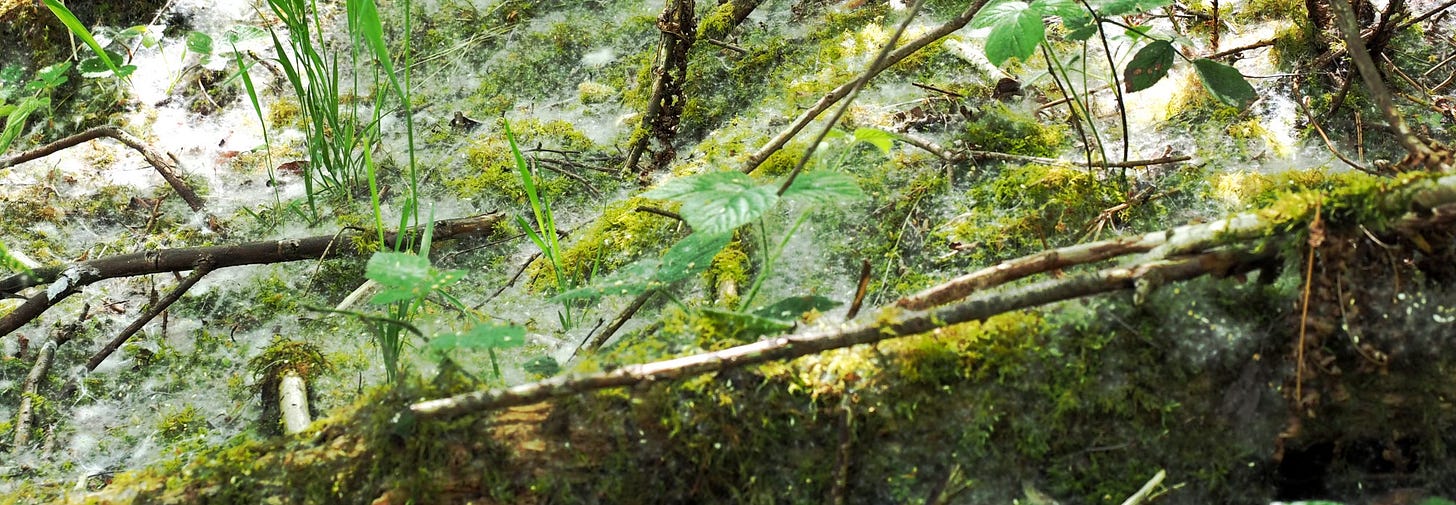
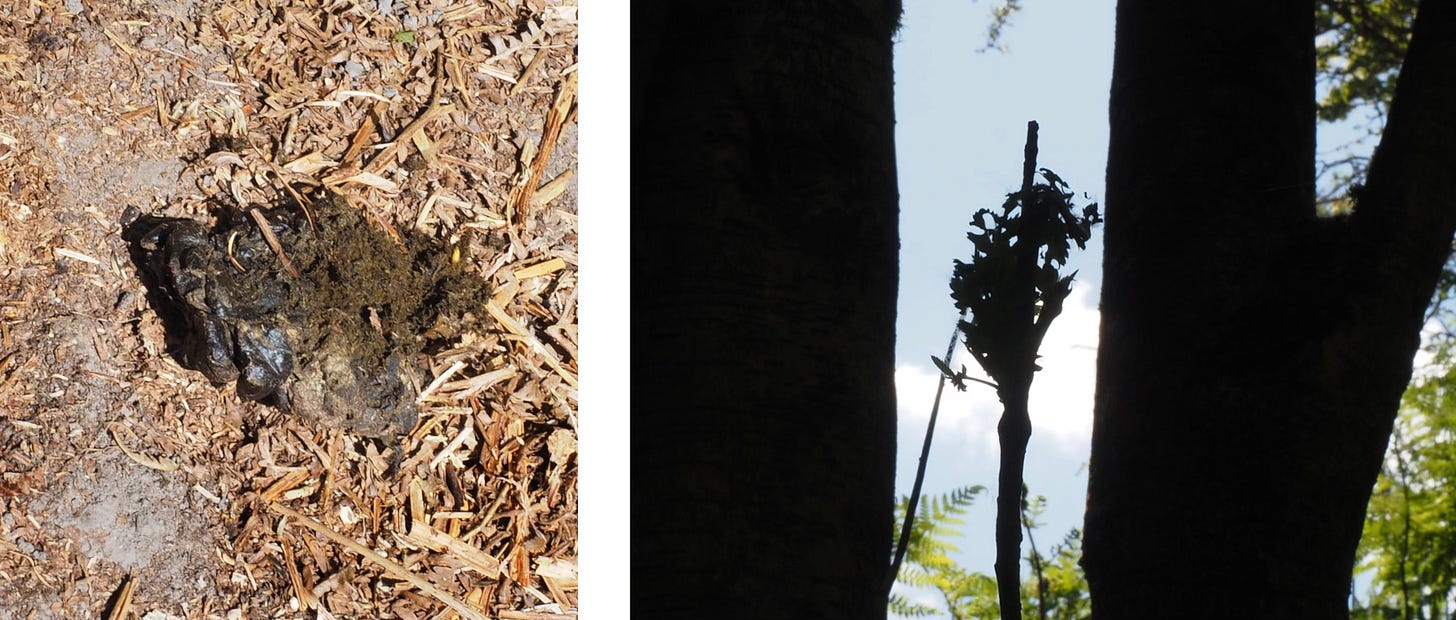
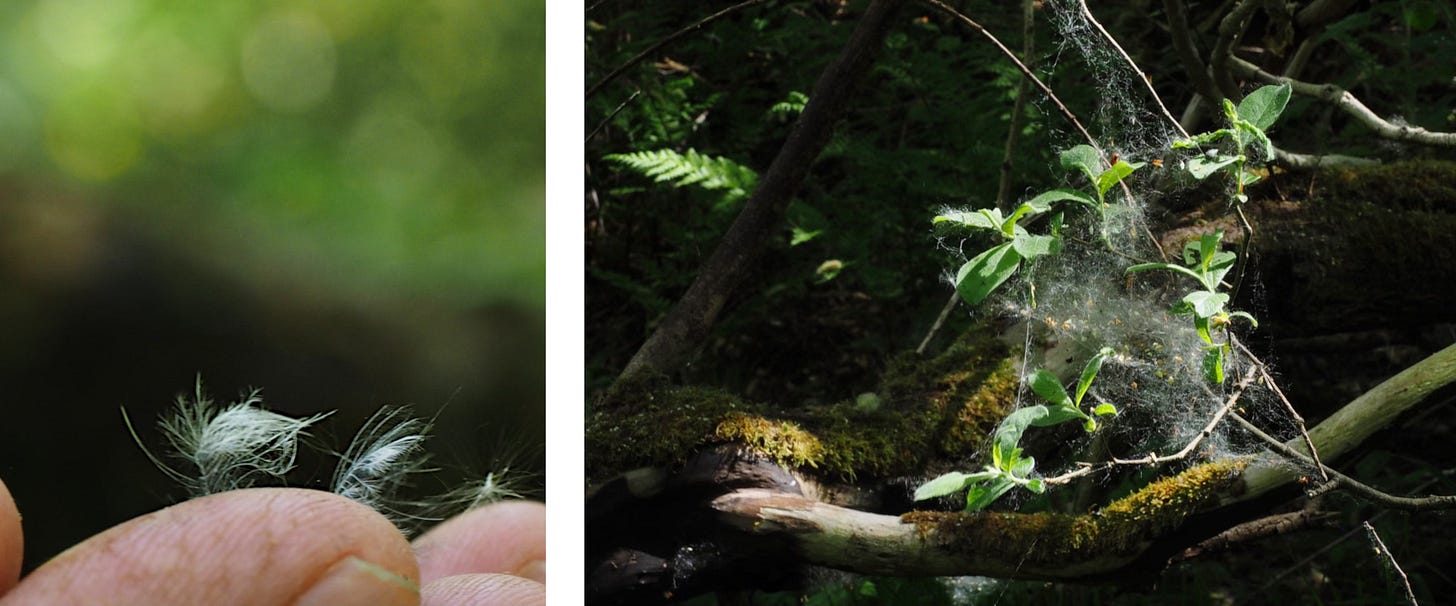
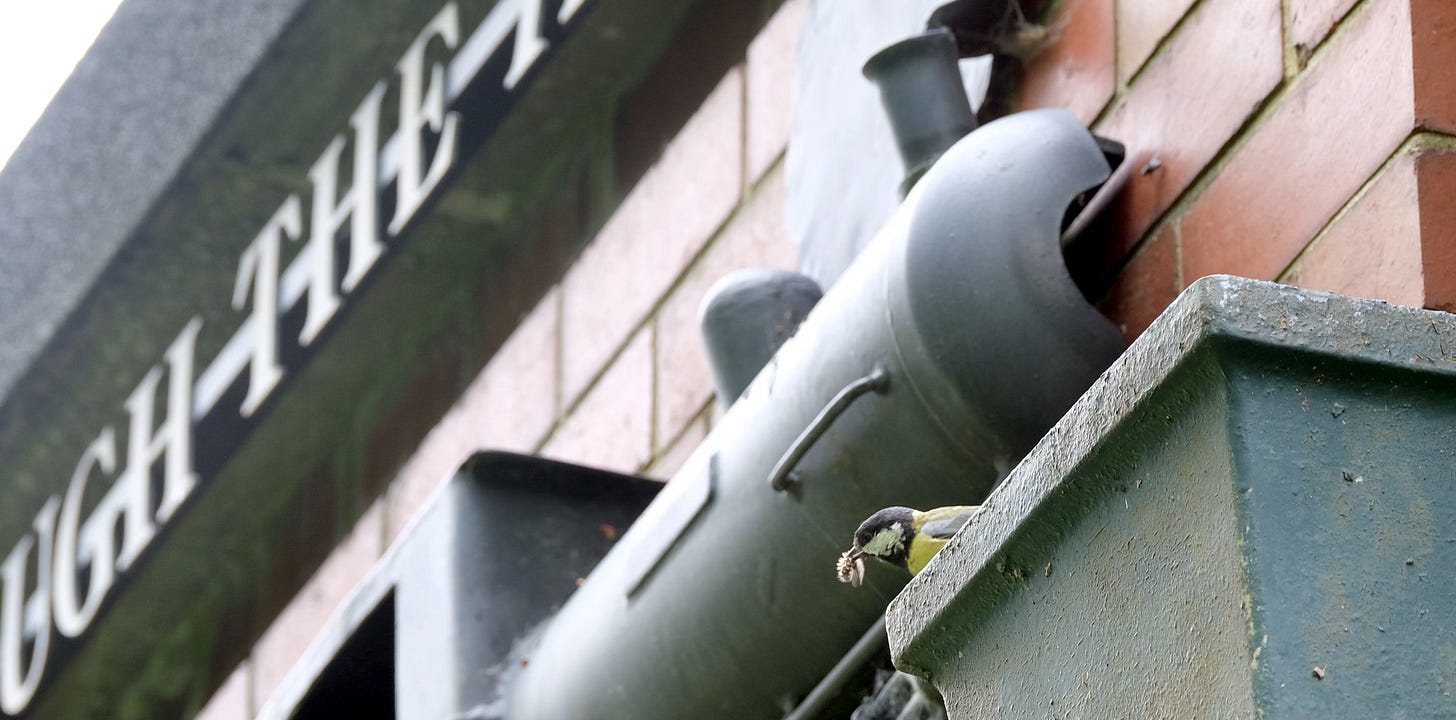

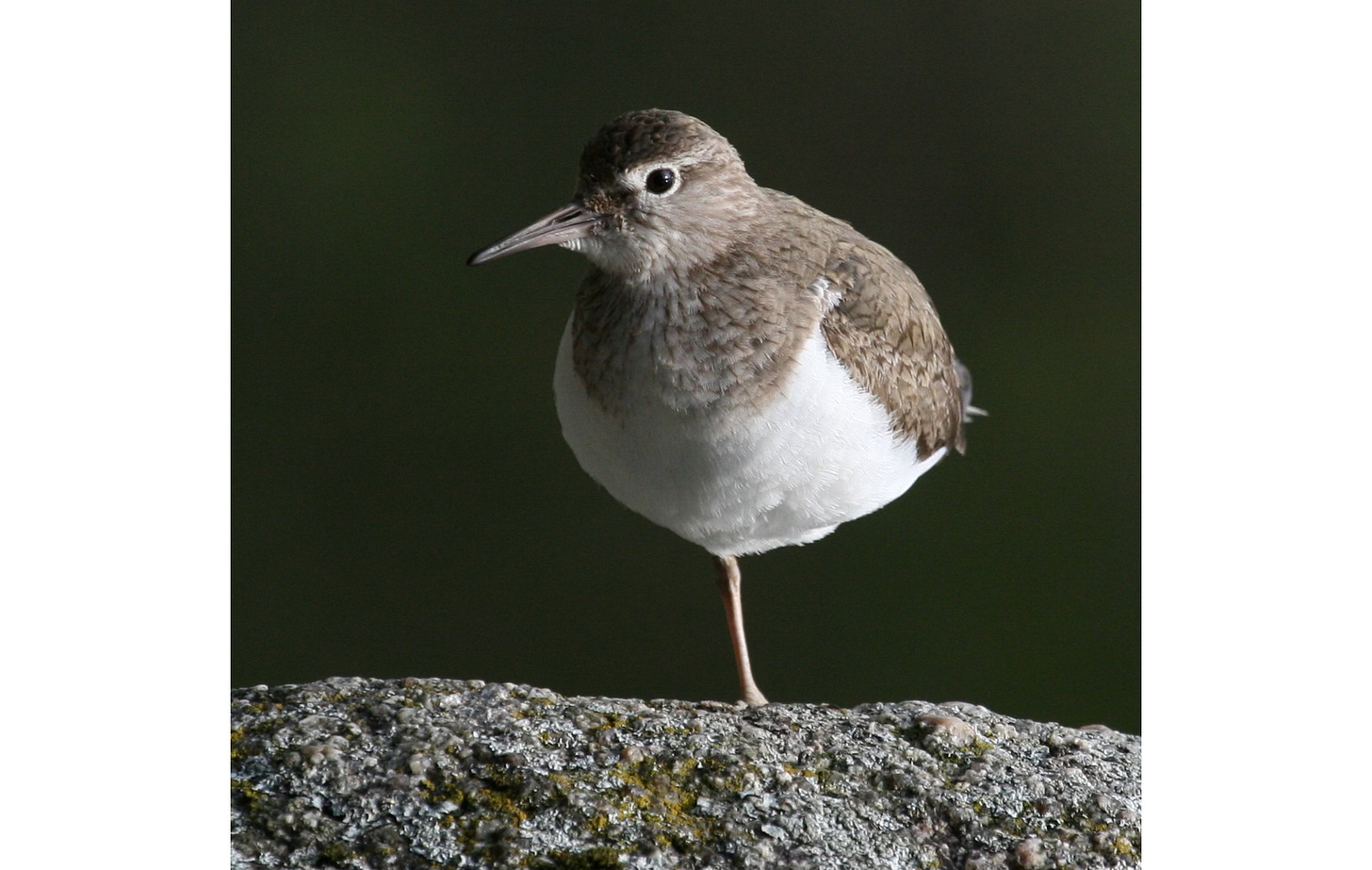
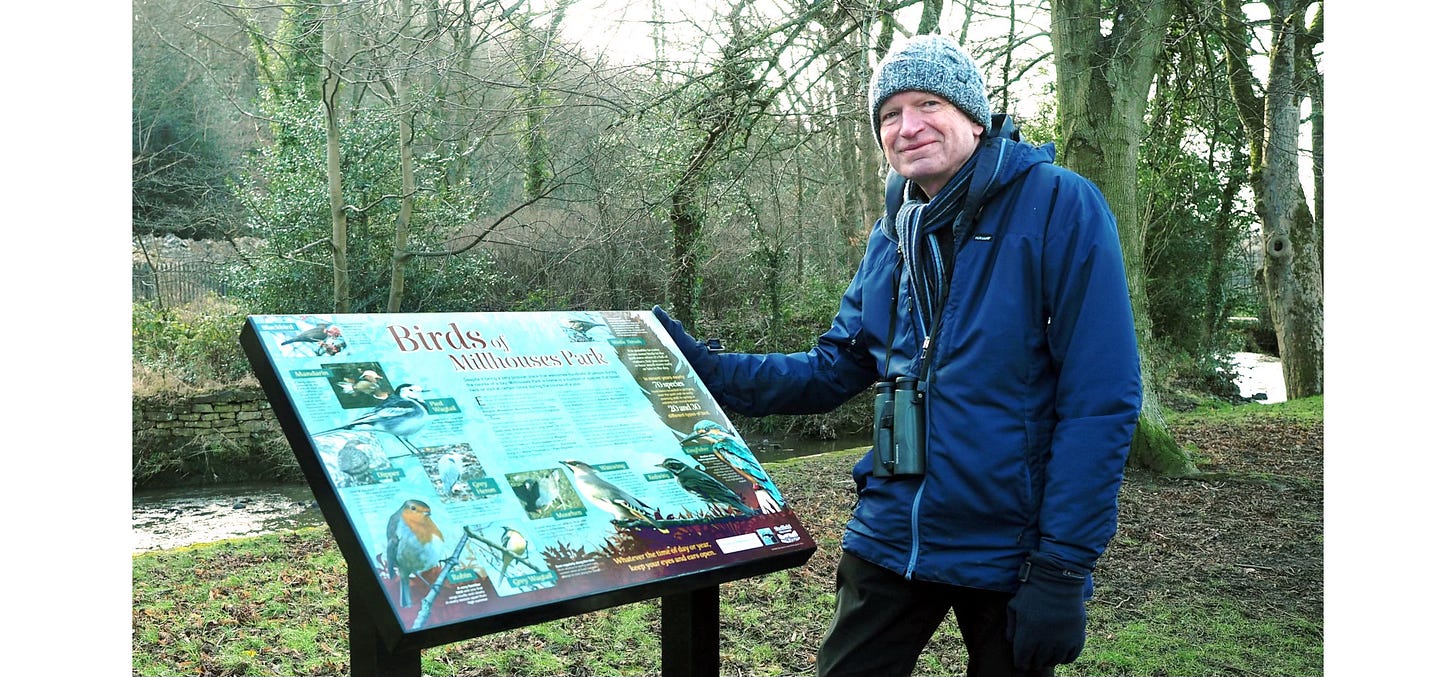
As one of those volunteers who helped to clear Redcar Clough of the flytipped cannabis detritus mentioned, it struck me on the day that this will not solve anything.
The new fence to prevent flytipping from the road bridge over the Brook ends a few metres along the road.The cannabis waste, and anything else, will go over the wall into the field instead. Sheephill Road is isolated and unless CCTV has been covertly installed, the reprieve is likely to be temporary.
At least any future flytipping here will be closer to the road and easier to remove. Perhaps some signage is needed? "Please flytip responsibly to permit easier removal".